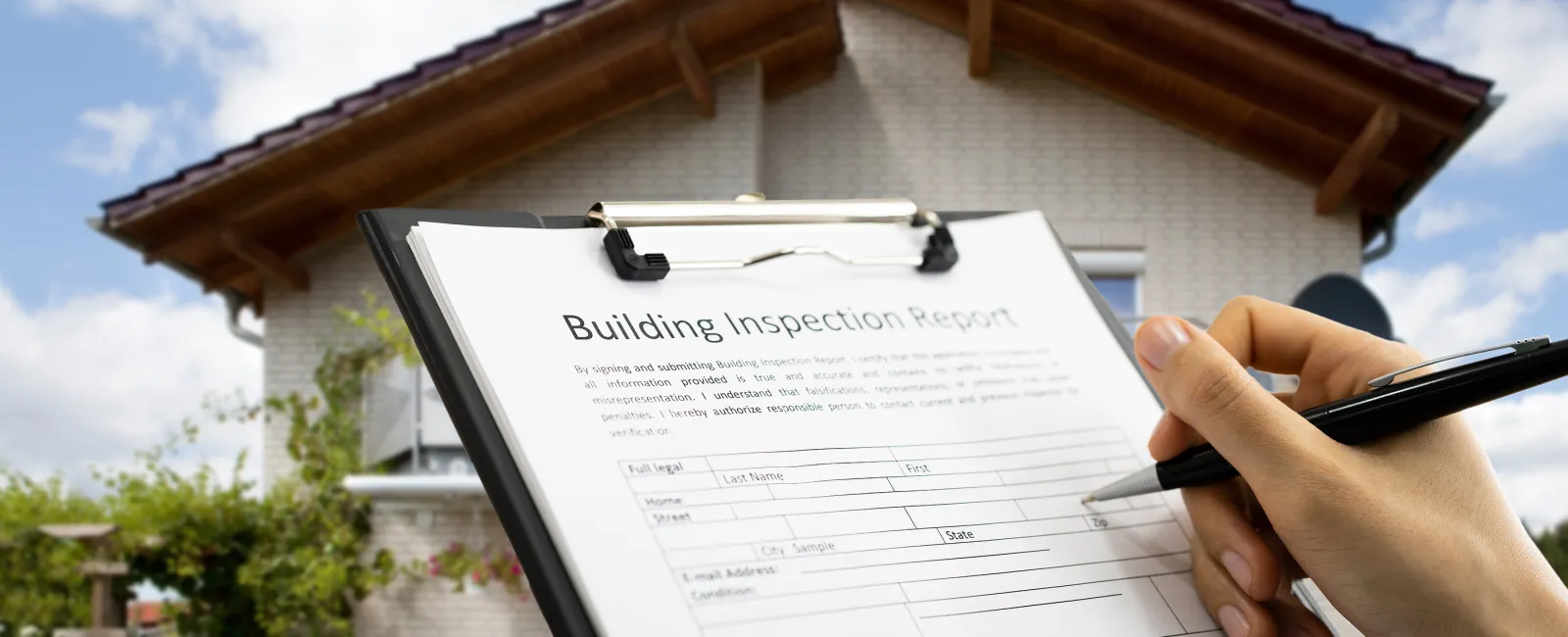When severe weather strikes, the damage to homes can be extensive, affecting both your property’s exterior and interior, while also affecting the other homes in your neighborhood.
While hurricanes and other severe weather emergencies grab a lot of headlines for the damage they inflict, many different types of storms and severe weather events can cause serious damage to your home’s roof. When you suspect new damage has occurred to your roof, a damage inspection can be invaluable in identifying problems and starting the process of roof repair or replacement.
For homeowners currently in need of storm inspections—or for homeowners eager to pian ahead in the event of future storm damage—it’s helpful to understand the importance of connecting with a professional storm damage inspector.
Here’s an overview of what you can do to ensure a smooth recovery from weather-related roof damage.
What Types of Home Storm Damage Could Affect Your Roof?
Storm damage can come in many different forms and combinations, and the severity of this damage can be determined by both the storm itself and the condition of your roof. The most common types of storm damage include the following:
- High winds. When wind gets underneath the shingles on your roof, those shingles can become bent, broken or missing, compromising their integrity and requiring replacement.
- Hail. From thunderstorms to hurricanes, hail is a common development in severe weather. Even small pieces of hail can create pockmarks in your roof that serve as small openings for water to seep through.
- Excessive water exposure. While your home’s roof is designed to be water-resistant, it isn’t waterproof. A deluge of water—or even the buildup of standing water due to roof debris or clogged gutters—can flood your roof’s surface and force water underneath.
- Damage from falling debris. Hail isn’t the only blunt object falling from the sky. Severe winds can snap branches from trees and cause them to fall on your home, damaging not only the roof’s surface materials, but also its underlying supports.
- Missing gutters, flashing and other materials. Your roof’s shingles aren’t the only structures at risk of damage in severe weather. High winds and other weather conditions can cause gutters and flashing to come loose or even detach entirely from your home, impacting your roof’s drainage, the quality of its seal against water, and its overall integrity in protecting your home.
A DIY Hail Damage Inspection Checklist for Homeowners
Before professional assessors arrive on-site to evaluate the extent of damage to your roof, homeowners can take a number of steps to support this inspection and expedite the process of getting their roof fixed.
Here’s a checklist of what you can do to help the inspection process:
- Have you contacted an insurance adjuster and a roofing company to request on-site assessments?
- Are any shingles missing from your home?
- Are any parts of your roof’s flashing or gutters missing or out of place?
- Have you documented the date and time of the storm damage?
- Have you taken any relevant photos to share with assessors?
- Have you identified any water leaks in your home?
The Benefits of a Professional Storm Damage Assessment
While the average homeowner can aid the assessment process through their own preliminary evaluations, it’s impossible to understand the full extent of storm damage without bringing in a professional property damage inspector.
- Identification of the full scope of storm-related damage. Certain types of damage may not be as visible to the average homeowner as a trusted professional. A hail damage roofing inspection, for example, can identify hail damage from the patterning on your roof—and help you understand the consequences of that damage, including what kind of hail restoration work is required to return your roof to full health.
- Confirmation of assessments from insurance adjusters. While your insurance company will likely conduct their own assessment before agreeing to cover the cost of roof repairs, a third-party assessment from a trusted roofing company can make it easier to double-check the work of those adjusters—and to make sure you aren’t getting taken advantage of.
- Identify damage beyond what adjusters may have found. Many storm damage assessments conducted by roofing companies are able to help their clients receive greater insurance coverage than they could get on their own.
- Faster repair and resolution of storm damage. When a roofing company is on-site to assess the damage, they can quickly deliver a quote, coordinate service, and expedite your roofing project to restore your roof and home health.
If you believe your roof may have been damaged by a recent storm, it’s important to act fast to limit the potential damage to other parts of your home. Contact a roofing company today to schedule an on-site assessment of your storm damage and roof repair needs.



